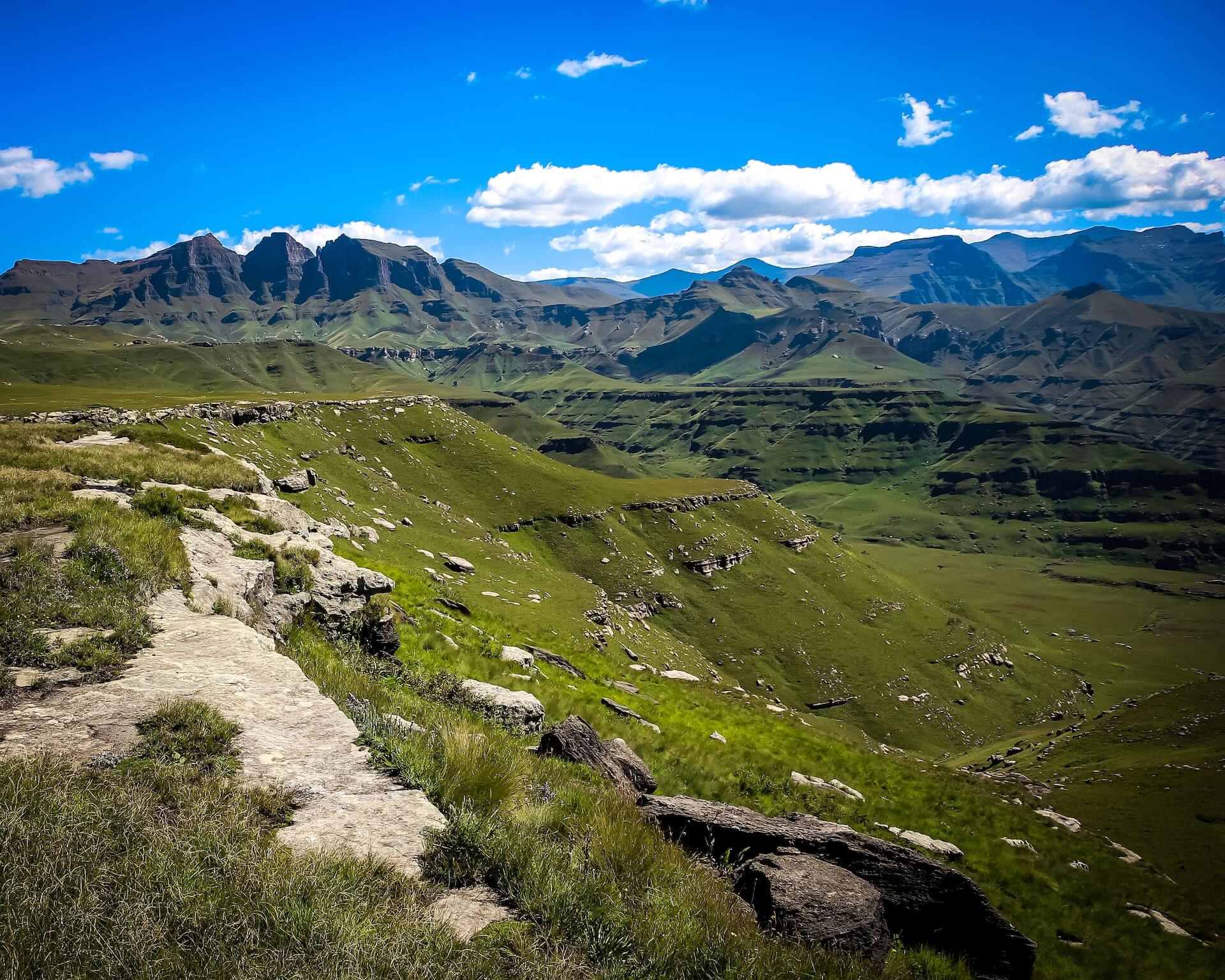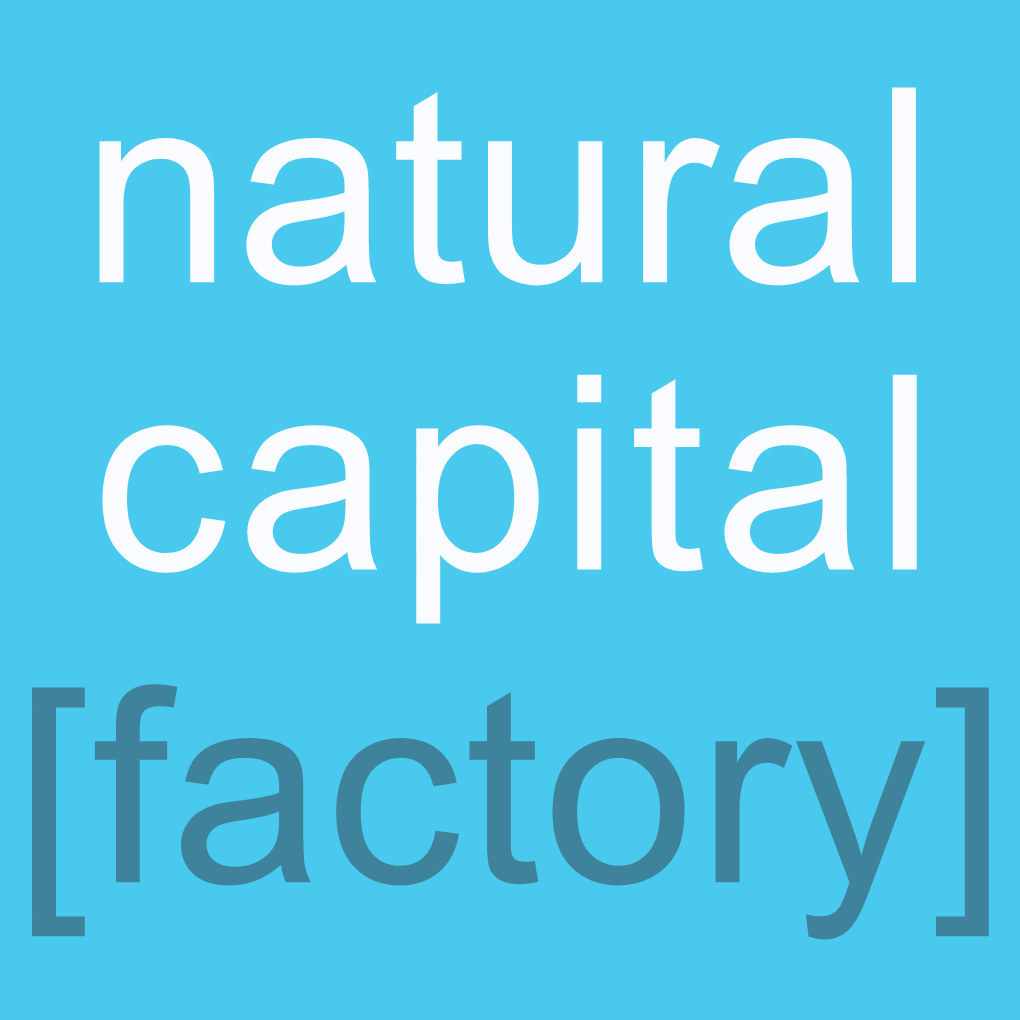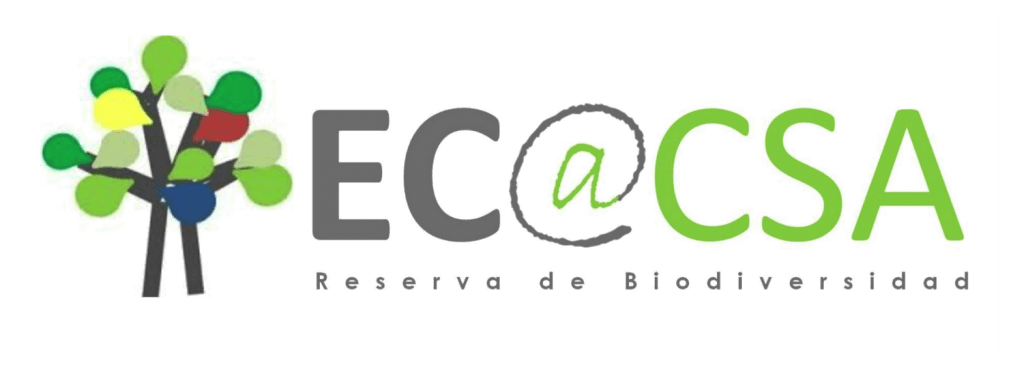In this study, the benefits and costs of managing a mountain catchment in the northern Drakensberg (South Africa) were quantified. To do this, an ACRU agrohydrological simulation model was used to analyse simulated changes in winter baseflow (April-September) and annual sediment yield, following changes in land-use management and restoration compared to today.
The results indicate that upstream land use management can have marked influences on downstream hydrological responses, due to changes in overall annual flows and, more importantly, due to changes in flow components.
The outcome of this hydrological study in two comparable catchments has set the stage for (i) assigning monetary values to questions related to downstream water beneficiaries who may be willing to pay/reward upstream land users for managing their land for more sustained/cleaner water production, and (ii) for assessing whether the benefits can be sustained.
Benefits have been based on land use change management and response to change in baseflow and sediment yield, according to expert opinion. Data related to the cost of restoration and land use management were based on field investigations in the areas and interviews with land use managers. Current market prices for carbon and raw water tariffs were used to determine benefits. In total, potential sales of services could amount to USD 40.7 million per year.

- Unsplash.com
Restoring and managing natural capital towards fostering economic development: Evidence from the Drakensberg, South Africa
Main author
Year
Labels
- natural capital accounting
- restoration

